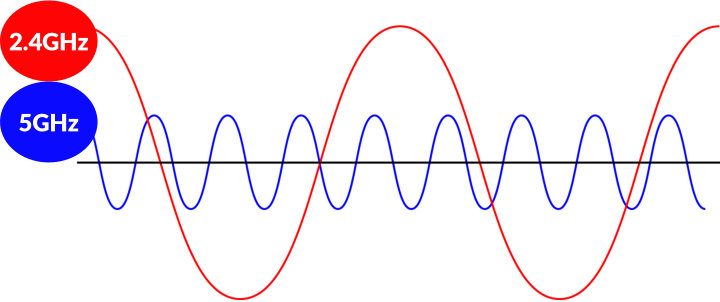

The 2.4 GHz band is great for connecting over longer distances but offers slower speeds due to more traffic on the network. The main differences that the wireless frequencies provide become apparent when looking at the range and speed of the two. When looking to connect, you might be provided with AdamsFamily, AdamsFamily2.4G, and AdamsFamily5G, or something similar to this. When connecting a new device to your Wi-Fi network, you may actually see two to three different options.įor example, let’s say that your wifi name is AdamsFamily. Many people are unaware that there are even two bands until they happen to see it pop up on their computer. 2.4 GHz vs 5 GHz – What’s The Difference? Cell phones and other mobile devices may be best for the 2.4 GHz network, while dedicated PC’s and TV’s may be ideal for 5 GHz, depending upon their location in your home. If you have a newer router, it will likely run the dual-band technology and offer two different bands: 2.4 GHz and 5 GHz. This technology is typically found in most 802.11ac routers. Put simply, a dual-band router is a router that broadcasts two separate signals. First, let’s briefly talk about the wifi routers that offer these bands, and then we’ll explore what makes them different in-depth. In some cases, the difference is negligible in others, it makes all the difference. You’ve probably seen wifi networks split into two selections before: 2.4 GHz and 5 GHz - but what’s the difference? The 5GHz band covers a shorter distance, but also provides the fastest speeds.

The bottom line: The 2.4GHz band has a longer transmission range, but offers slower speeds.


 0 kommentar(er)
0 kommentar(er)
